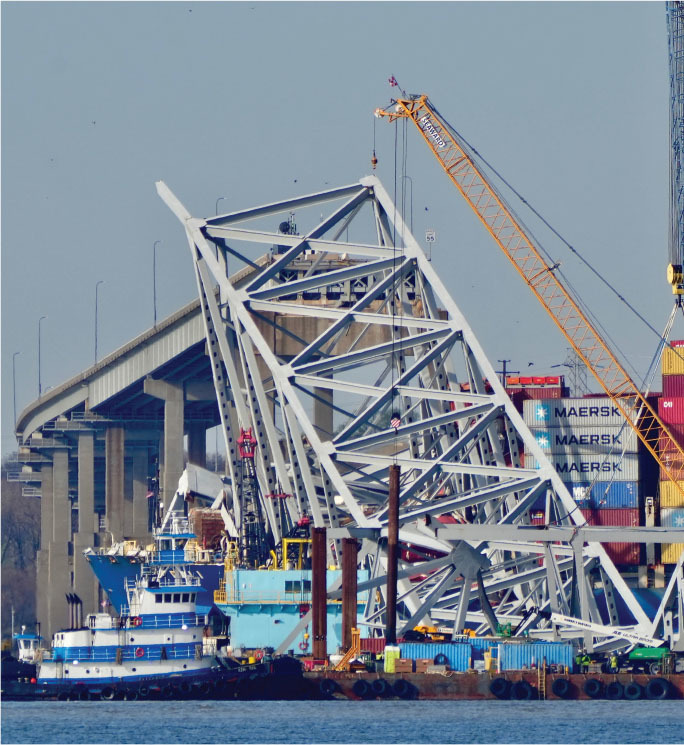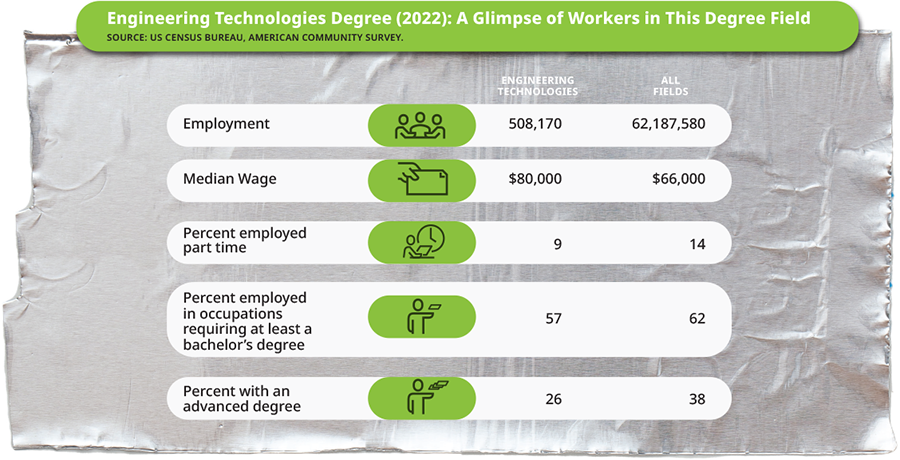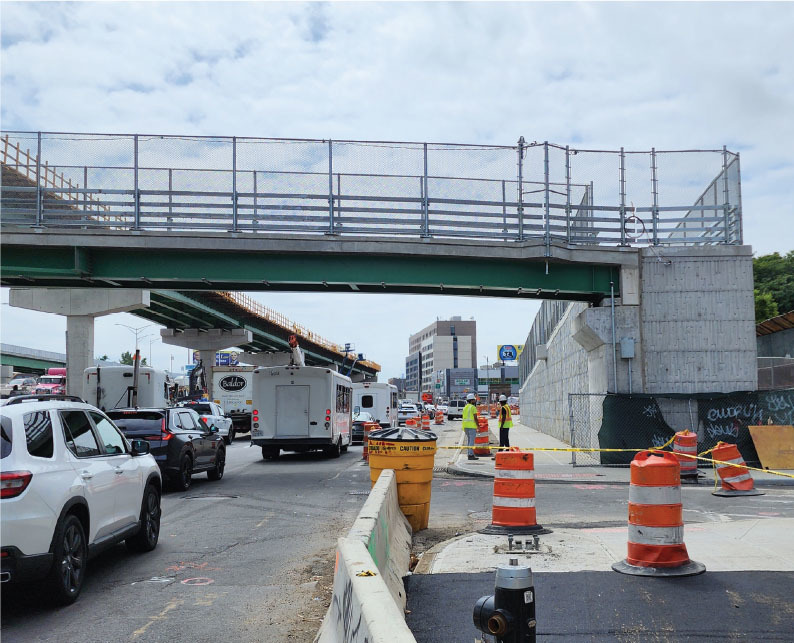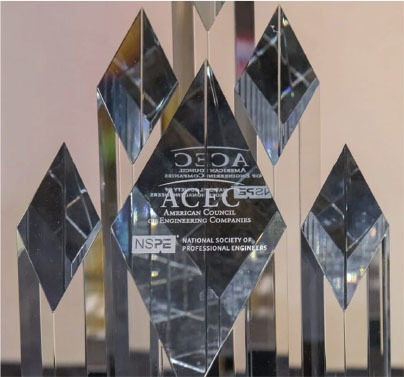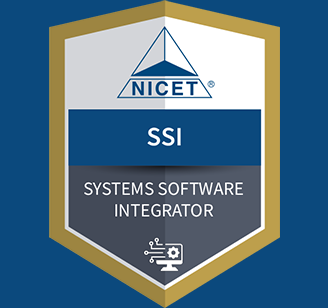January/February 2019
PE Report
NSPE Again Urges DOT to Emphasize Safety With Autonomous Vehicles
As the idea of roads and highways filled with self-driving cars moves closer and closer to reality, NSPE has once again urged government officials to consider public safety a top priority when implementing laws or guidelines related to autonomous vehicles.
In October, the Department of Transportation released the latest version of its policy statement on automation, “Preparing for the Future of Transportation: Automated Vehicles 3.0,” which details the steps to integrating automation into the surface transportation system. In public comments to the Office of the Secretary of Transportation, NSPE criticized these latest voluntary guidelines.
While NSPE recognizes the promise that automated vehicles have in business, travel, and everyday life, the Society remains concerned that not enough consideration and thought has been given to public safety in the development of DOT’s policy guidelines.
The document “provides little real guidance regarding best and/or safe practices for the development and deployment of autonomous vehicles on public roadways,” says NSPE Executive Director Mark Golden.
And as NSPE President Michael Aitken, P.E., F.NSPE, wrote in the public comments, “In this newest report, the Department of Transportation prioritizes safety in the development of strategies to advance innovation and strengthen public confidence in these emerging technologies. Unfortunately, rather than strengthening public safety and confidence, the voluntary guidelines in this new version create more uncertainty, and potentially put the public at greater risk.”
To rectify this, NSPE is urging the DOT to take the following steps:
- Autonomous vehicle manufacturers should not be able to self-certify. They should be required to submit verification of meeting technical and safety guidelines to a third-party before expansion and rollout. Licensed PEs with AV expertise should be a part of this process.
- If safety is a primary concern of the DOT, consumers need to be assured that adequate and verified testing is in place. According to a recent AAA survey, 73% of American drivers reported they would be too afraid to ride in a self-driving vehicle.
- AVs need to be able to safely operate within existing infrastructure. The DOT’s goal to develop connected, enhanced infrastructure to increase safety is commendable, but the focus should be on how AV technology can operate safely within existing roads, highways, bridges, etc.
- The ethical implementations of deploying autonomous vehicles must be considered—which the policy statement fails to do. For example, no proposed methods for addressing life-and-death decisions are provided, leaving these considerations up to manufacturers. A third-party perspective is important, and the DOT has an opportunity to be that third party, incorporating the input of all stakeholders while simultaneously placing the public health, safety, and welfare above all other considerations.
As Aitken puts it, “The risks posed by failing to adequately address public safety protections are too great to ignore. For DOT to achieve its mission to ‘lead efforts to address potential safety risks and advance the life-saving potential of automation,’ the Department of Transportation must find the means to address the current lack of public confidence through more deliberate discussions on accountability and liabilities.”
This is not the first time NSPE has brought this issue before government officials. In 2017, NSPE urged the National Highway Traffic Safety Administration to revise its autonomous vehicle guidance to better address safety concerns regarding self-certification, performance criteria, and ethical concerns. And in July 2018, NSPE urged the US Senate to delay consideration of the AV START Act, which would allow the DOT to exempt as many as 100,000 AVs per manufacturer from federal safety regulations.
Learn more about NSPE’s positions and actions on autonomous vehicles.


 Volunteering at NSPE is a great opportunity to grow your professional network and connect with other leaders in the field.
Volunteering at NSPE is a great opportunity to grow your professional network and connect with other leaders in the field. The National Society of Professional Engineers (NSPE) encourages you to explore the resources to cast your vote on election day:
The National Society of Professional Engineers (NSPE) encourages you to explore the resources to cast your vote on election day:

